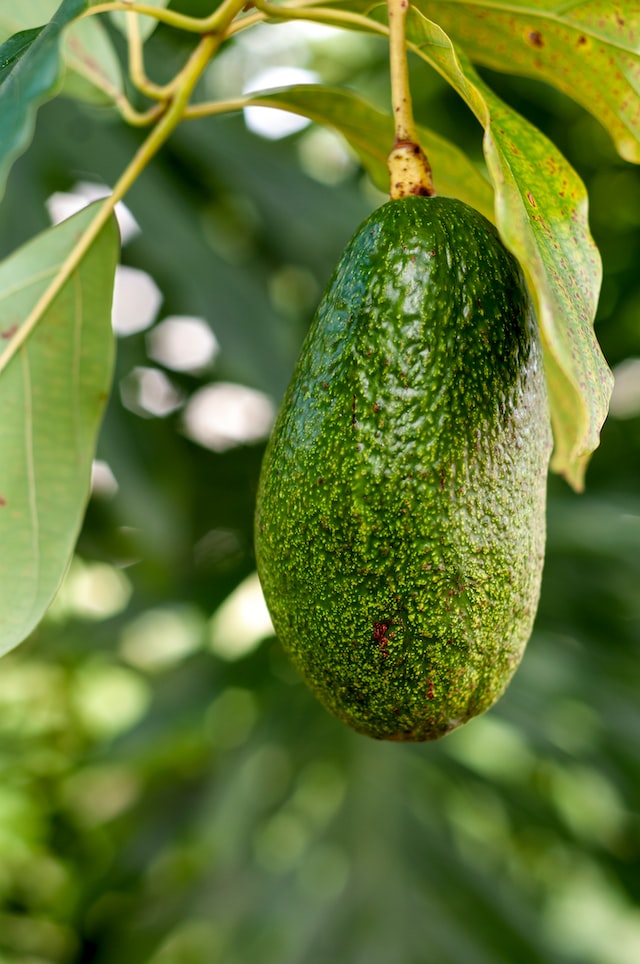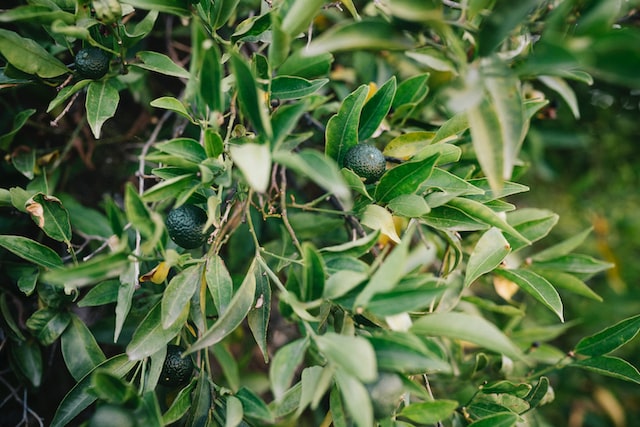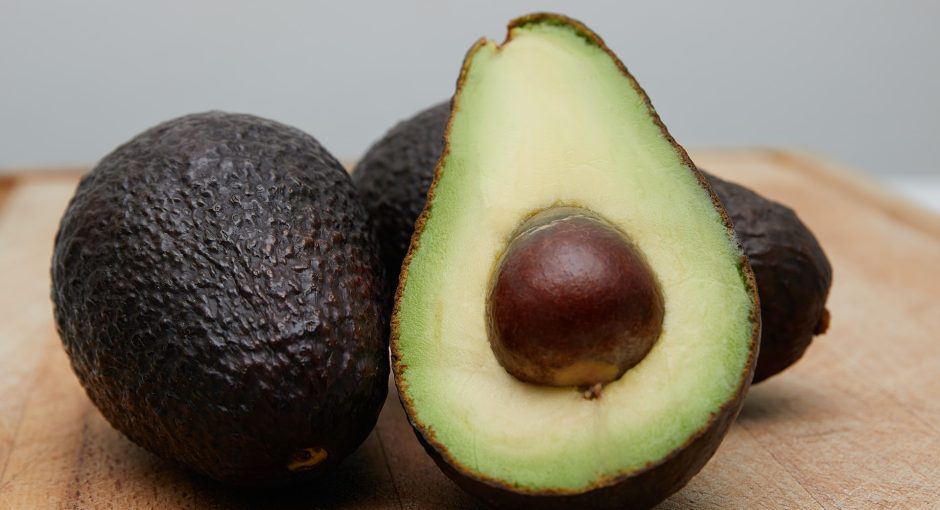Avocados are an incredibly healthy and tasty snack, making them the perfect addition to any garden. Unfortunately, growing them can be challenging; sometimes it takes years for seed-grown trees to bear fruit.
Commercial avocado farms typically use graft-grown saplings, genetically engineered to produce a higher yield of fruit.
Plant your avocado tree during early spring, when soil temperatures are comfortable and frost-free. Avoid planting avocado trees during summer as high temperatures can cause sun damage and root rot.
When planting, ensure the pit is either oblong or round (depending on the variety). Position the pit so that only half of the seed is above soil level and the other lies below.
Once the pit is submerged in soil, carefully water it thoroughly. Be mindful not to overwater as this could lead to root rot.

Maintain the avocado pit moist until it begins to sprout leaves, which could take up to one or two weeks. After transplanting the pit into a 5in pot of multi-purpose compost, give it regular feedings with high-nitrogen fertilizer.
Additionally, adding an extra layer of mulch to your avocado tree’s soil is recommended in order to retain more moisture and prevent nutrient depletion.
Avocados prefer moderately warm temperatures between 60 degrees and 85 degrees Fahrenheit with plenty of humidity. Furthermore, they prefer a slightly shaded area to protect themselves from extreme heat or cold.
When selecting a location for your avocado tree, take into account the wind direction and sun’s angle. Additionally, avoid growing it near sidewalks as this could result in bare roots or severe sun damage.
Furthermore, creating a microclimate for your avocado tree by placing it in an area shielded from intense afternoon sun can reduce stress on the tree.

One way to achieve this is by placing the avocado tree in a protected area of your yard, such as a shady corner or wall. This will raise the soil temperature by several degrees Fahrenheit, encouraging your tree to grow stronger and healthier.
If your climate is too cold for avocados to thrive, other fruit types such as apples, pears and stone fruits are all cold-hardy and can produce fruit during winter months.
Start by washing your avocado pit in water to remove dirt and extra skin. Then cut it into quarters or slices according to preference – they should be oblong or round, with the top slightly pointed and bottom flatter.
Next, insert four toothpicks approximately halfway into the pit. Doing this will help hold the top half of the pit out of the water while leaving its submerged portion unchanged.
Place the pit in a glass of water, making sure that only the bottom half is submerged. Let stand for around one week, and then remove the toothpicks.
